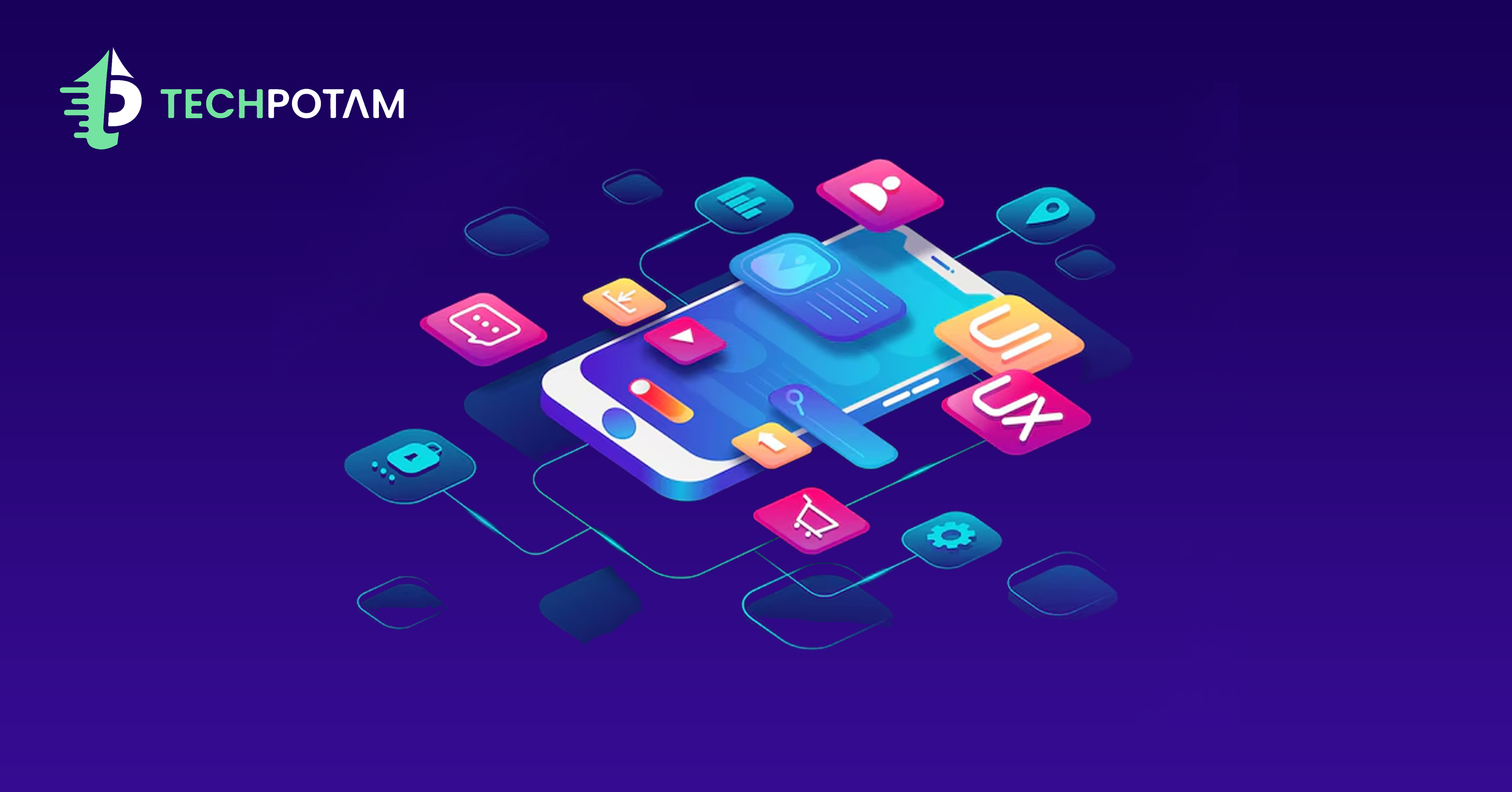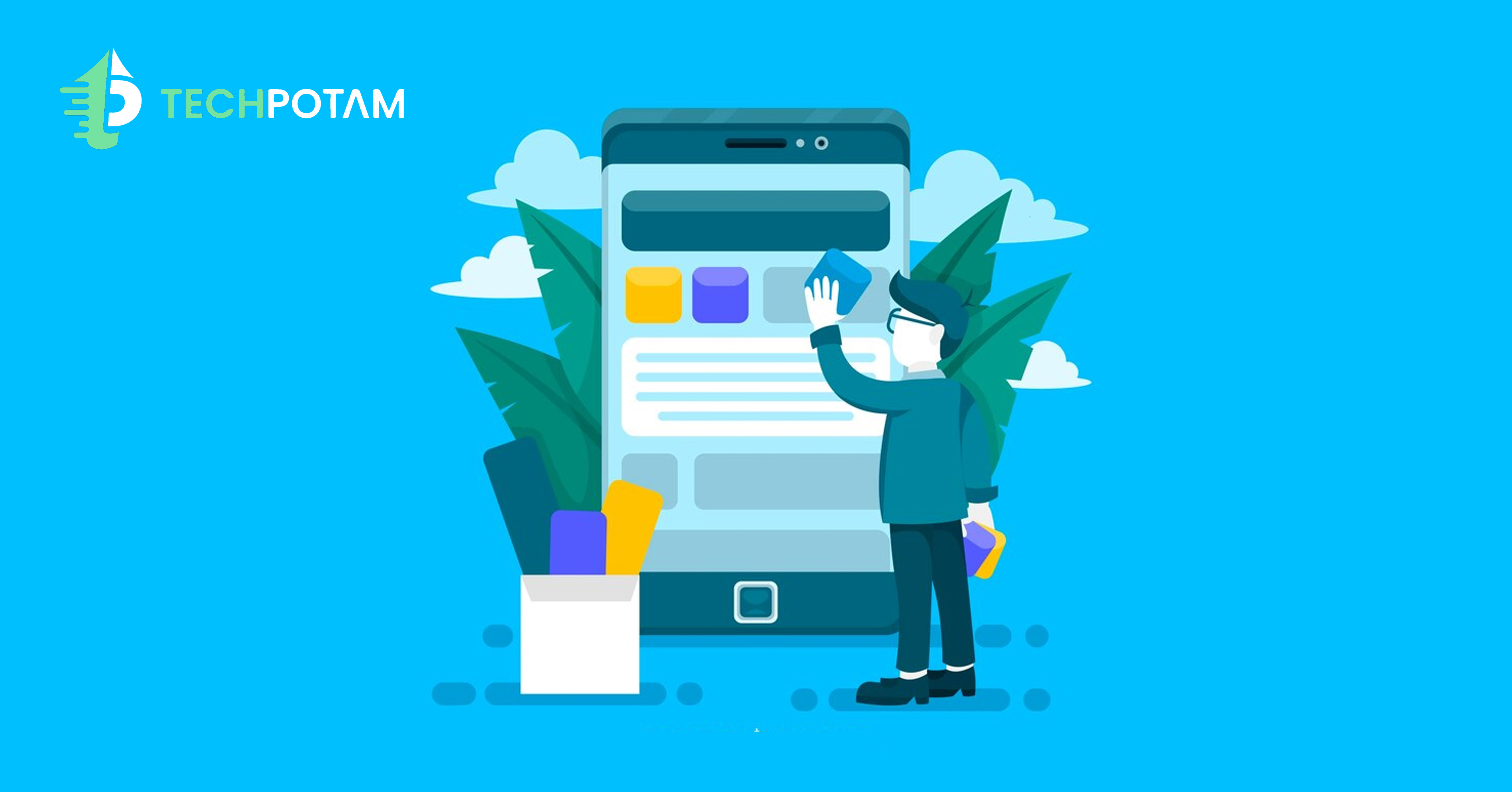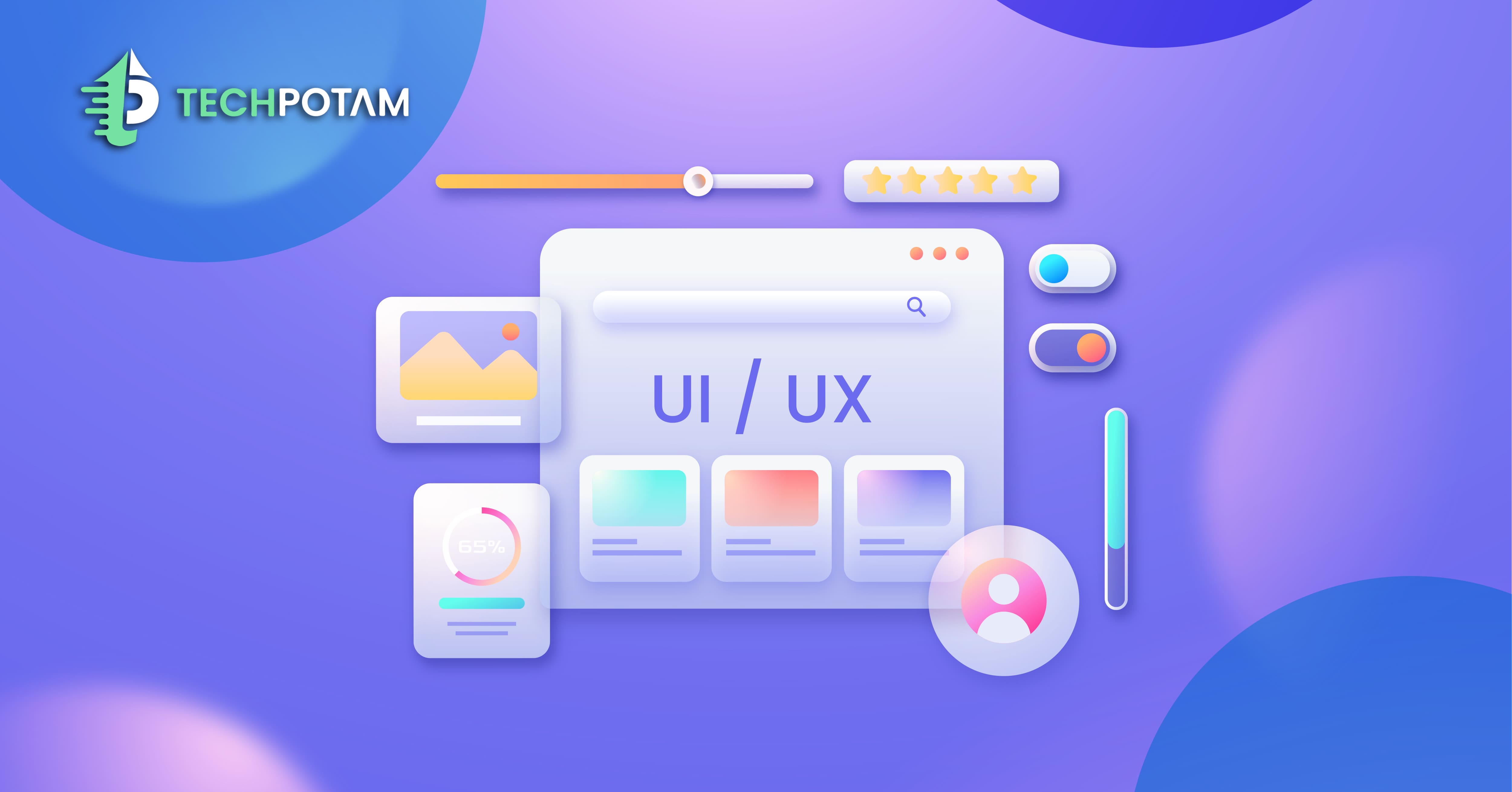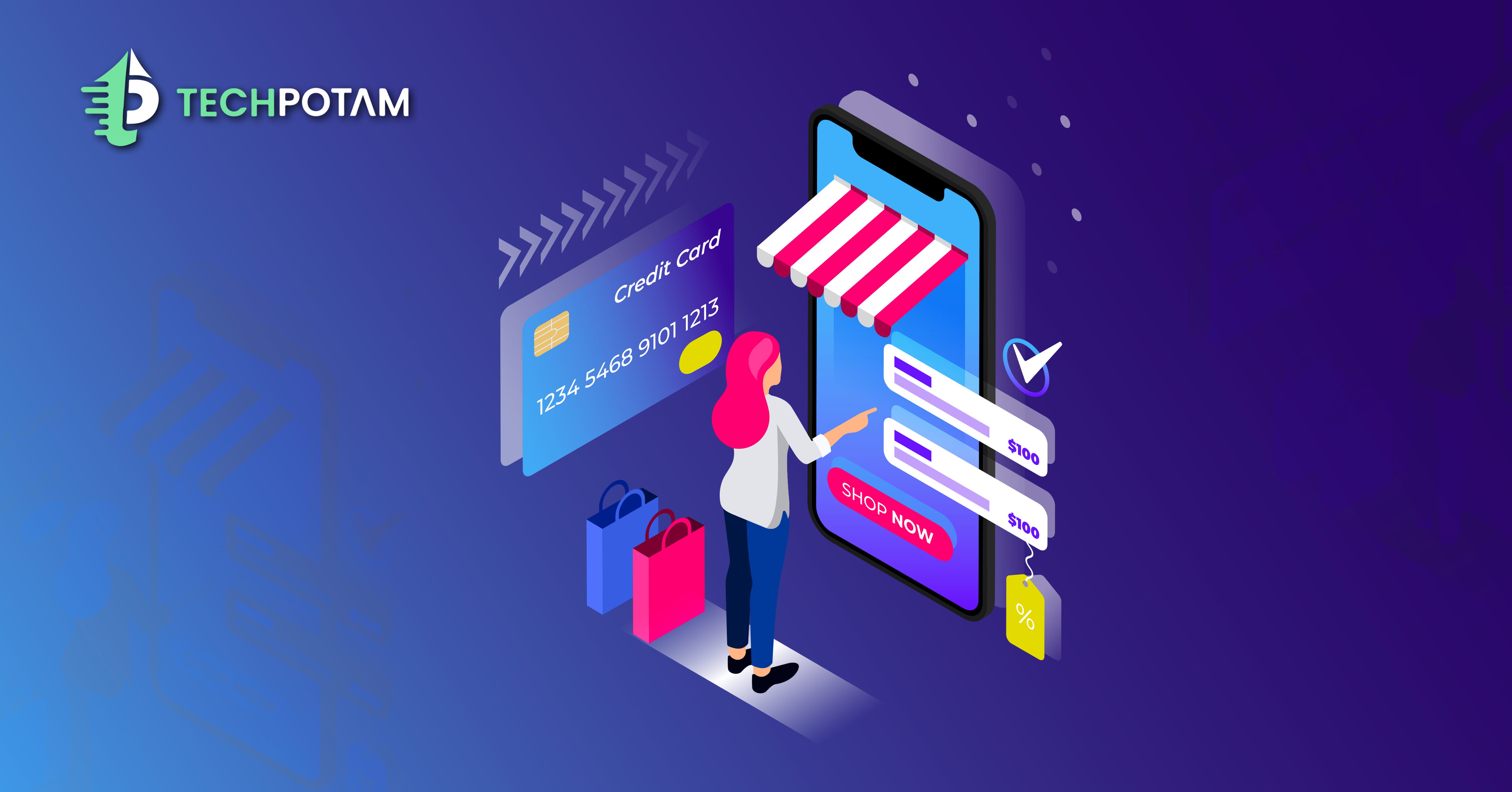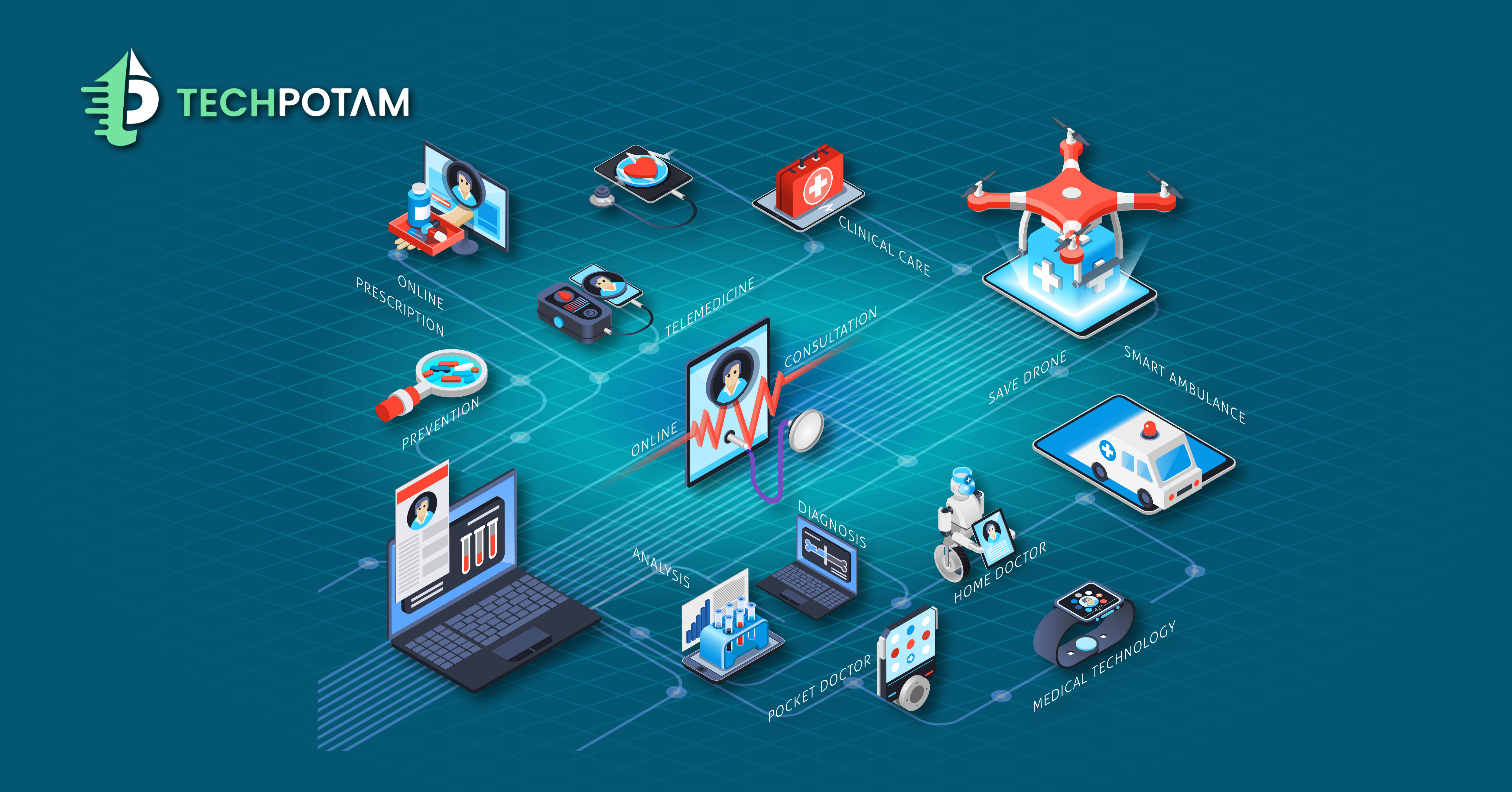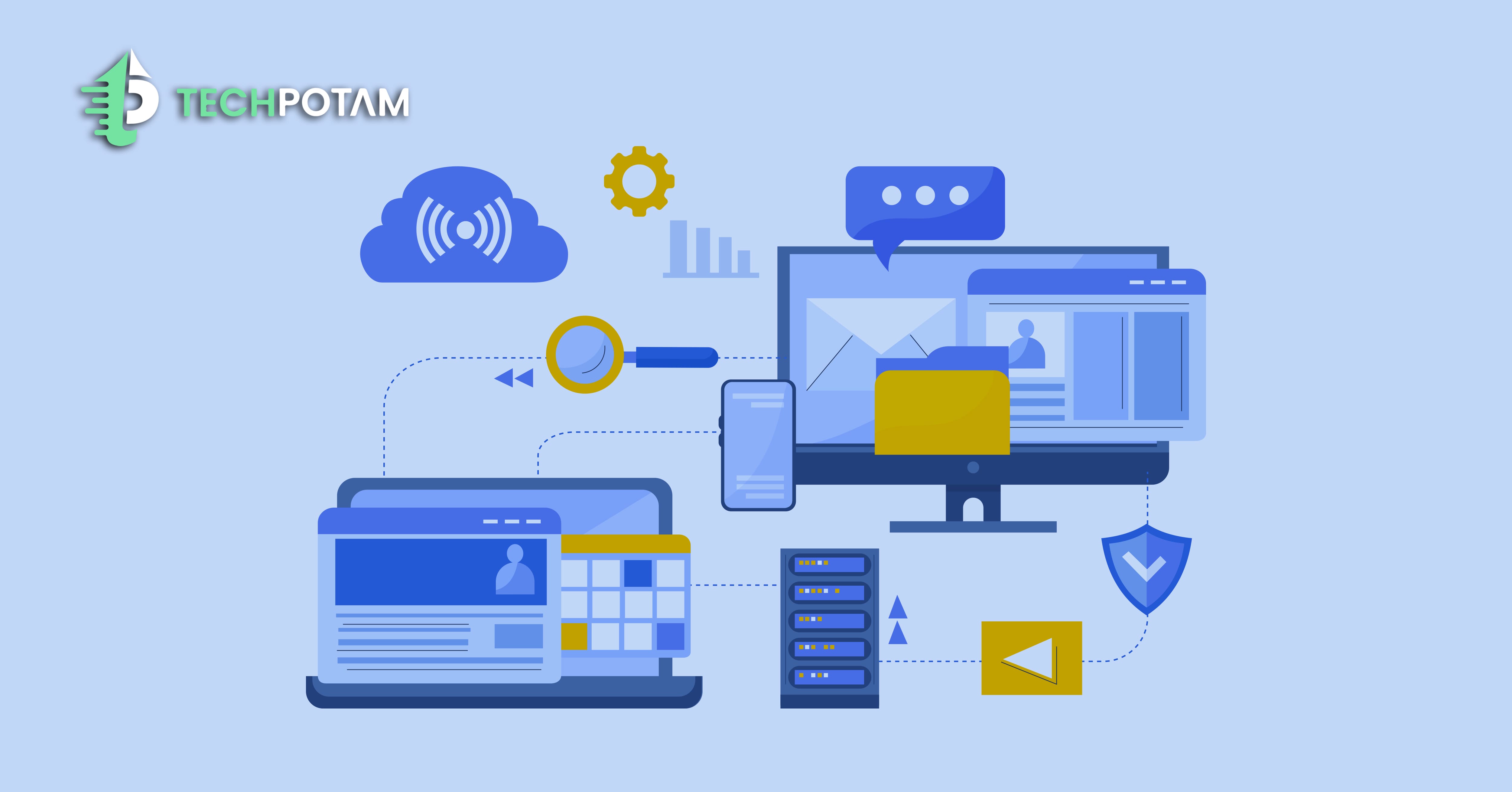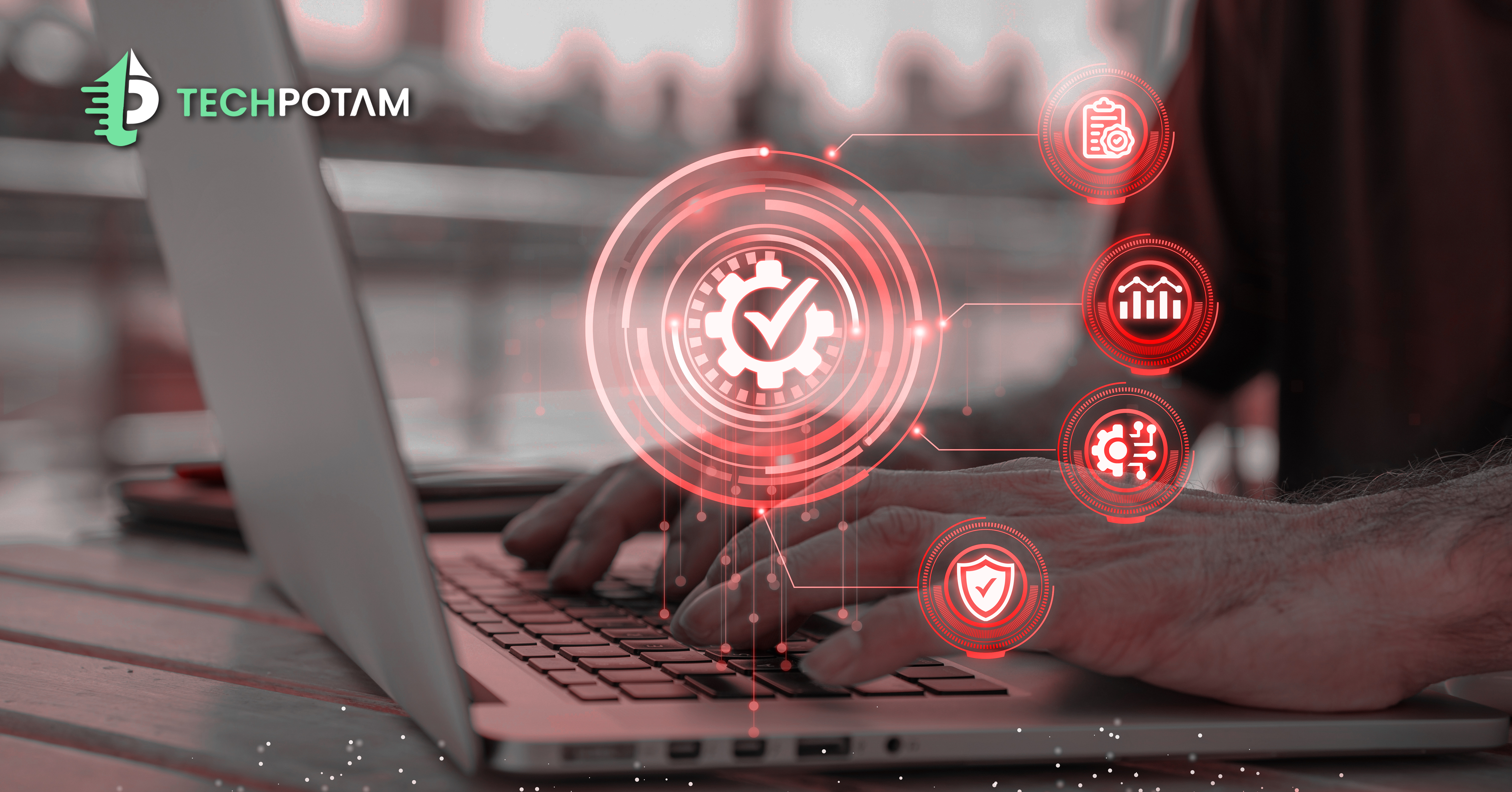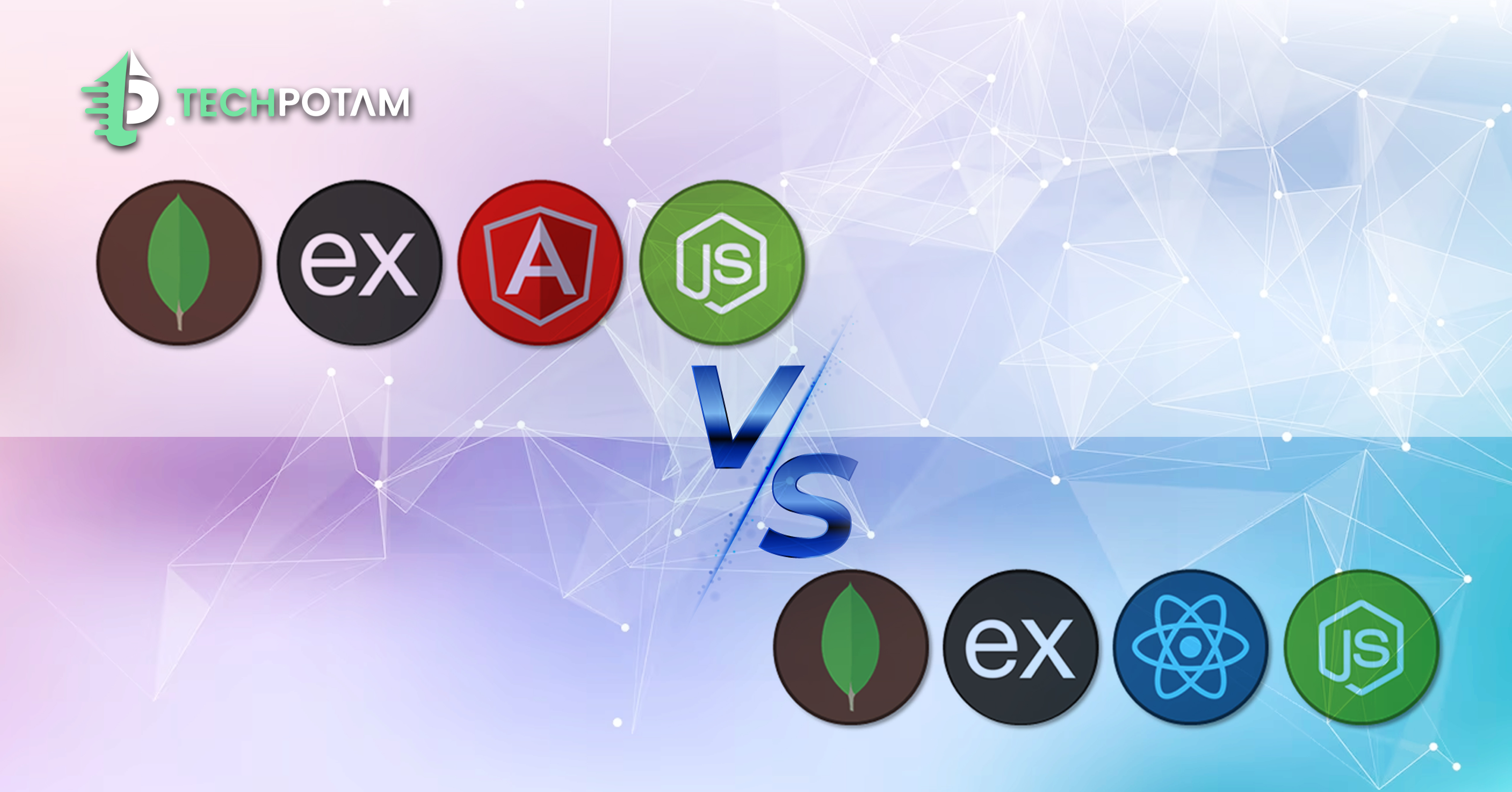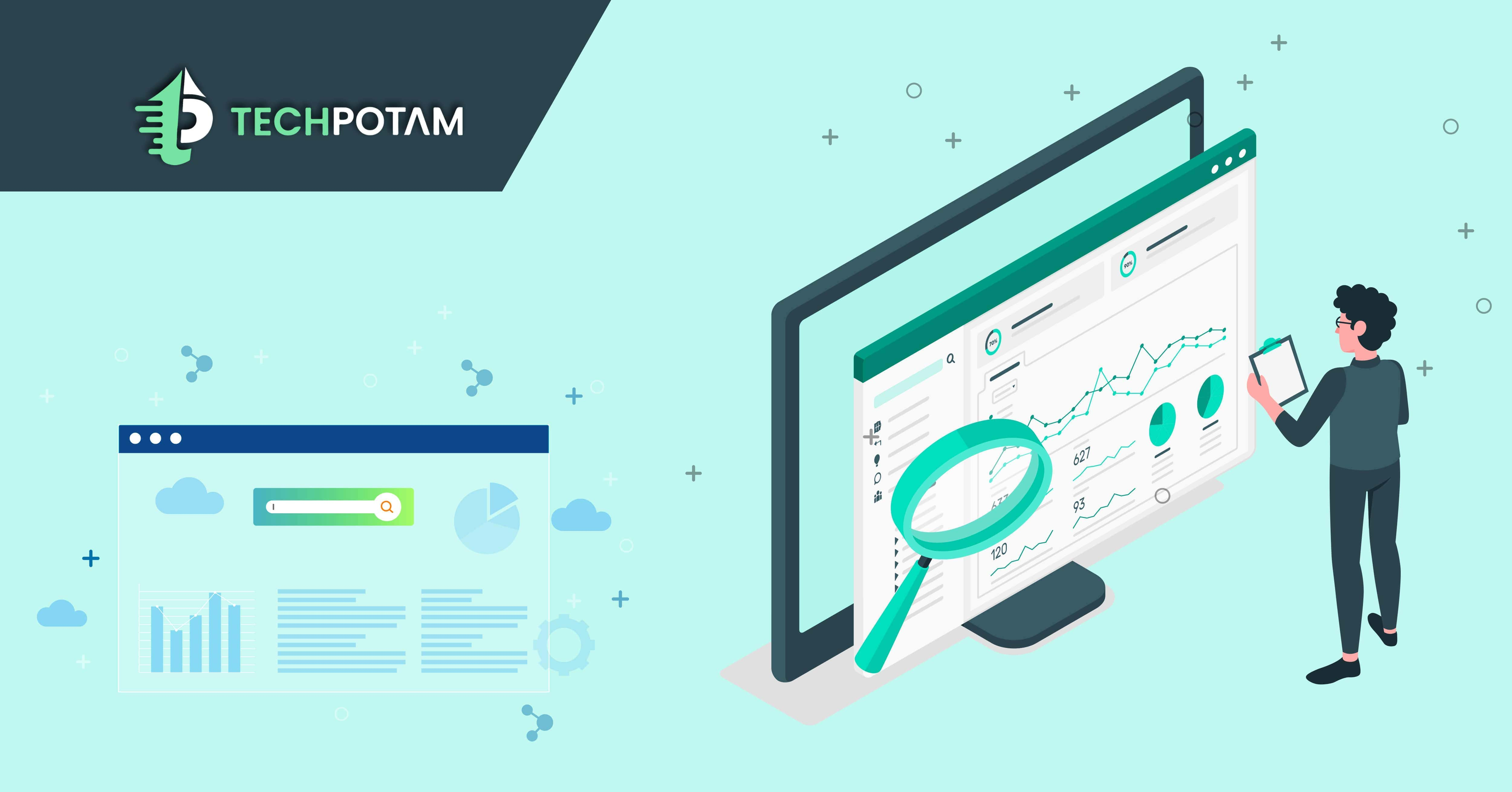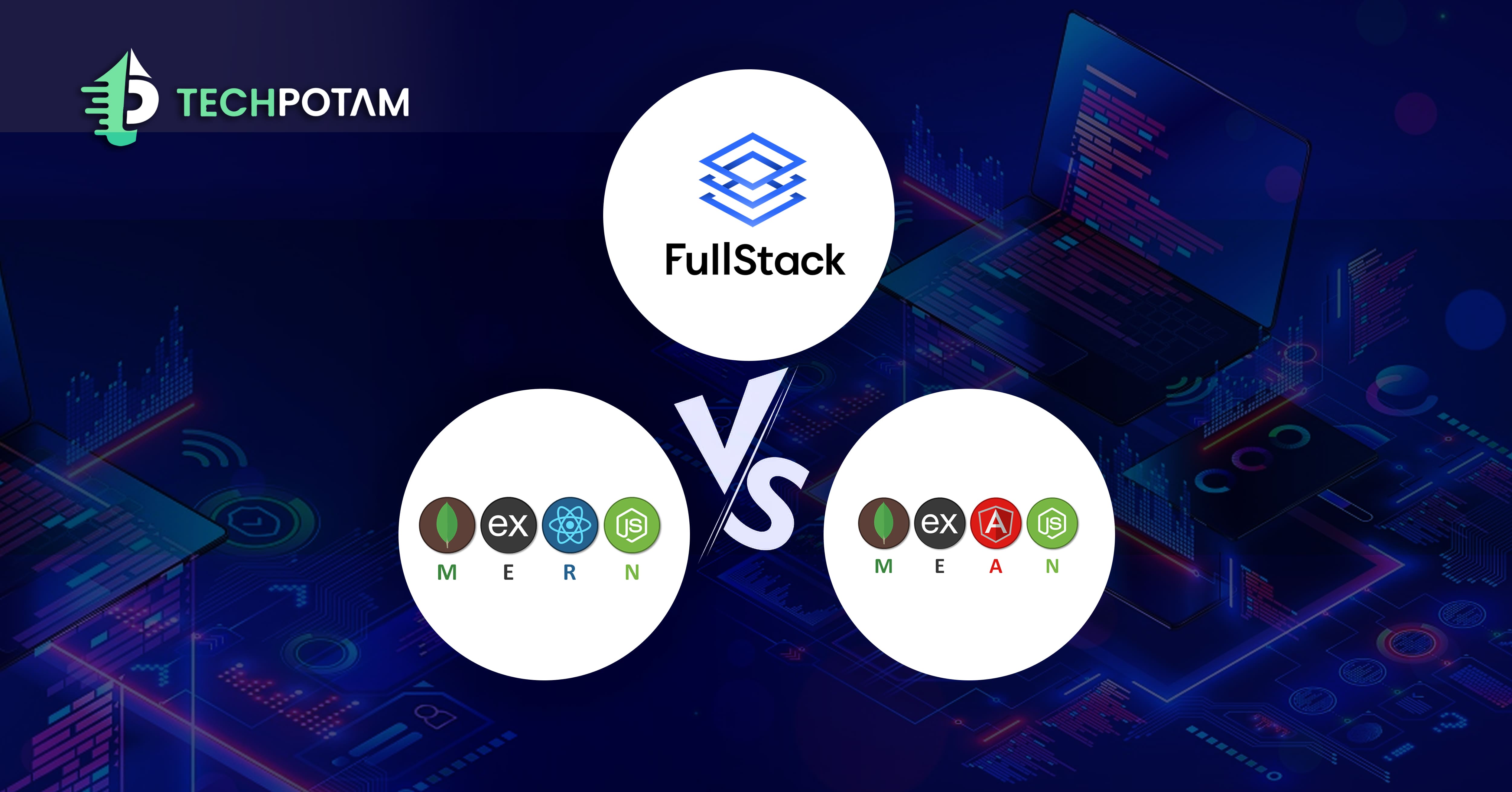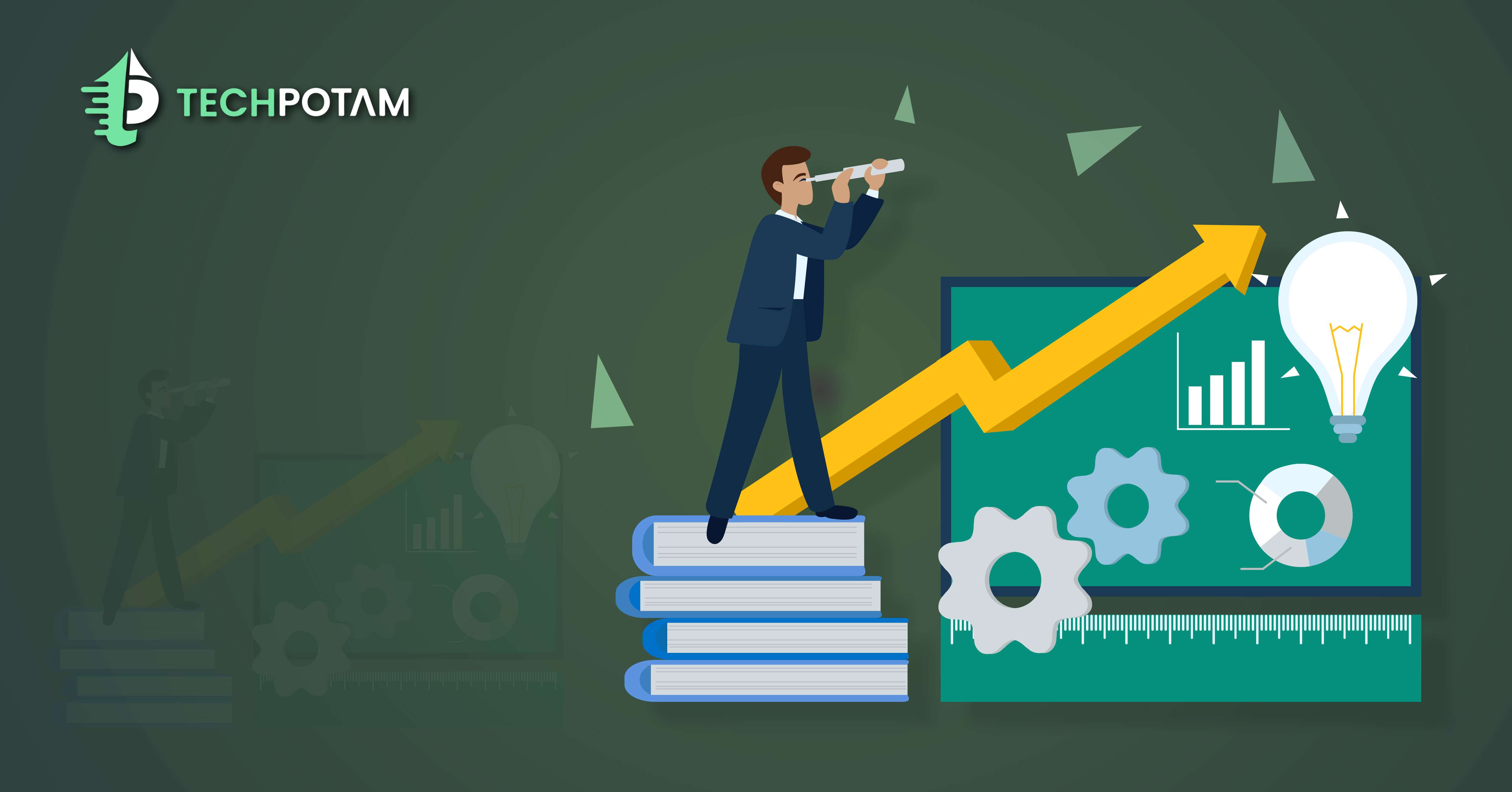Picking a tech stack for developing an eCommerce store is a daunting process as slow-speed websites usually lead to lost revenues. Furthermore, in the stack, the distribution part holds the same importance as the product part.
Today, we are here with a breakdown of the tech stack for you to ease you with the development of your eCommerce store.
Let us start with the breakdown so you can develop your eCommerce business with ease and peace of mind saving a few dollars of your budget. First, let’s know about a technology stack.
Factors Influencing the Choice
1- Scalability
The ability of your ecommerce platform to grow and adapt to increasing user loads is a pivotal consideration. A scalable tech stack ensures that your website can handle a surge in traffic during peak seasons without compromising on performance.
2- Performance
Speed matters in ecommerce. A slow-loading website can drive potential customers away. Choosing technologies that optimize performance is essential for providing a smooth and efficient shopping experience.
3- Security
Ecommerce websites deal with sensitive customer data, including personal information and payment details. Prioritizing security in your tech stack is non-negotiable. Look for technologies with robust security features and adhere to industry standards.
4- User Experience (UX)
The success of an ecommerce platform is closely tied to the user experience it offers. A well-crafted tech stack should facilitate an intuitive and engaging user interface, making the shopping journey enjoyable for customers.
5- Cost Considerations
Budget constraints are a reality for most businesses. Opting for technologies that strike a balance between performance and cost-effectiveness is crucial. Open-source solutions and frameworks can be valuable in this regard.
6- Integration Capabilities
Your ecommerce platform doesn’t exist in isolation. Seamless integration with third-party services, payment gateways, and other tools is vital for creating a holistic and efficient ecosystem.
7- Development Speed
Time-to-market is a critical factor in the competitive ecommerce landscape. Choosing a tech stack that accelerates development without compromising on quality is essential for gaining a competitive edge.
8- Mobile Responsiveness
With the rise of mobile commerce, ensuring that your ecommerce platform is responsive across various devices is imperative. The tech stack should support the development of a mobile-friendly and adaptive user interface.
Components of an Ideal Ecommerce Tech Stack
Programming Languages
- JavaScript
Widely used for front-end development, JavaScript allows for the creation of interactive and dynamic user interfaces. Frameworks like React and Vue.js enhance the development of responsive and engaging ecommerce websites.
- Python
Known for its readability and versatility, Python is often used for backend development. Frameworks like Django and Flask provide a robust foundation for building scalable and maintainable ecommerce platforms.
Front-end Frameworks
- React
Developed by Facebook, React is a powerful JavaScript library for building user interfaces. Its component-based architecture makes it well-suited for creating dynamic and responsive ecommerce websites.
- Vue.js
Vue.js is a progressive JavaScript framework that excels in building user interfaces. It’s lightweight, easy to integrate, and offers excellent performance, making it an attractive choice for ecommerce front-end development.
Backend Frameworks
- Django
Built on Python, Django is a high-level web framework that promotes rapid development and clean, pragmatic design. Its “batteries-included” philosophy provides developers with tools for common tasks, reducing the need for third-party libraries.
- Ruby on Rails
Known for its simplicity and convention over configuration approach, Ruby on Rails is a backend framework that emphasizes developer productivity. It’s suitable for ecommerce projects that require fast development cycles.
Database Management Systems
- MySQL
A popular open-source relational database management system, MySQL is known for its reliability and performance. It’s suitable for ecommerce platforms with complex data structures and high transaction volumes.
- MongoDB
As a NoSQL database, MongoDB is designed for handling large volumes of unstructured data. It’s a good choice for ecommerce websites that prioritize flexibility and scalability in data management.
Server and Hosting
- AWS (Amazon Web Services)
Offering a comprehensive suite of cloud computing services, AWS provides scalable and reliable infrastructure for hosting ecommerce websites. Services like Amazon EC2 and S3 are commonly used for hosting and storage.
- Heroku
A cloud platform as a service (PaaS), Heroku simplifies the deployment and management of web applications. It’s an excellent choice for startups and small to medium-sized businesses looking for a straightforward hosting solution.
Ecommerce Platforms
- Magento
A robust and feature-rich ecommerce platform, Magento is known for its flexibility and scalability. It’s suitable for both small businesses and enterprise-level ecommerce operations.
- Shopify
A user-friendly and hosted ecommerce solution, Shopify simplifies the process of setting up an online store. It’s an excellent choice for businesses looking for a quick and hassle-free ecommerce platform.
Payment Gateways
- Stripe
Known for its developer-friendly API and seamless integration, Stripe is a popular choice for handling online payments. It supports a variety of payment methods and is suitable for businesses of all sizes.
- PayPal
A widely recognized payment gateway, PayPal facilitates secure online transactions. It’s a versatile option that caters to global ecommerce businesses.
Security Tools
- SSL Certificates
Essential for securing data transmission between the user’s browser and the server, SSL certificates encrypt sensitive information, such as payment details.
- Firewalls & DDoS Protection
Implementing firewalls and distributed denial-of-service (DDoS) protection is crucial for safeguarding ecommerce websites against cyber threats and unauthorized access.
Content Delivery Network (CDN)
- Cloudflare
A CDN enhances website performance by delivering content from servers located geographically closer to the user. Cloudflare also provides security features, improving both speed and protection.
Navigating Challenges
While choosing the right tech stack is pivotal, it’s essential to anticipate and address potential challenges in the ecommerce web development journey:
- Legacy System Integration
Migrating from legacy systems to a new tech stack can be complex. Ensure seamless integration to prevent disruptions to existing business processes.
- User Training
Adopting new technologies may require training for your team to effectively manage and maintain the ecommerce platform.
- Scalability Planning
Anticipate future growth and ensure that your chosen tech stack can scale along with your business, preventing the need for frequent overhauls.
- Security Compliance
Stay abreast of security standards and compliance requirements, especially with regard to handling customer data and payment information.
Conclusion
In the dynamic landscape of ecommerce, the right tech stack acts as the cornerstone for success. By carefully considering factors such as scalability, performance, security, and user experience, you can select the right tech stack for success of your ecommerce store. Crafting an online shopping experience that seamlessly blends functionality, security, and speed requires a strategic approach to technology.

